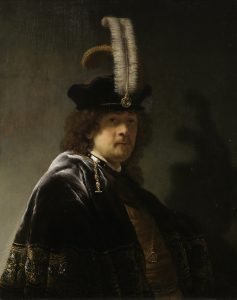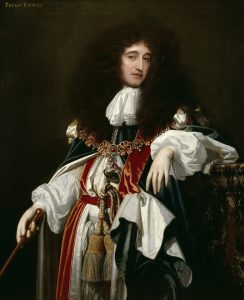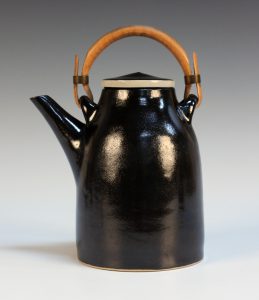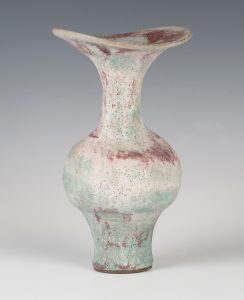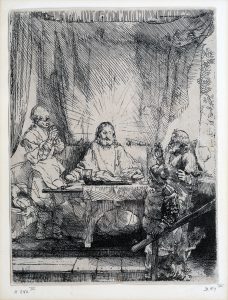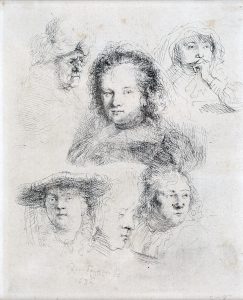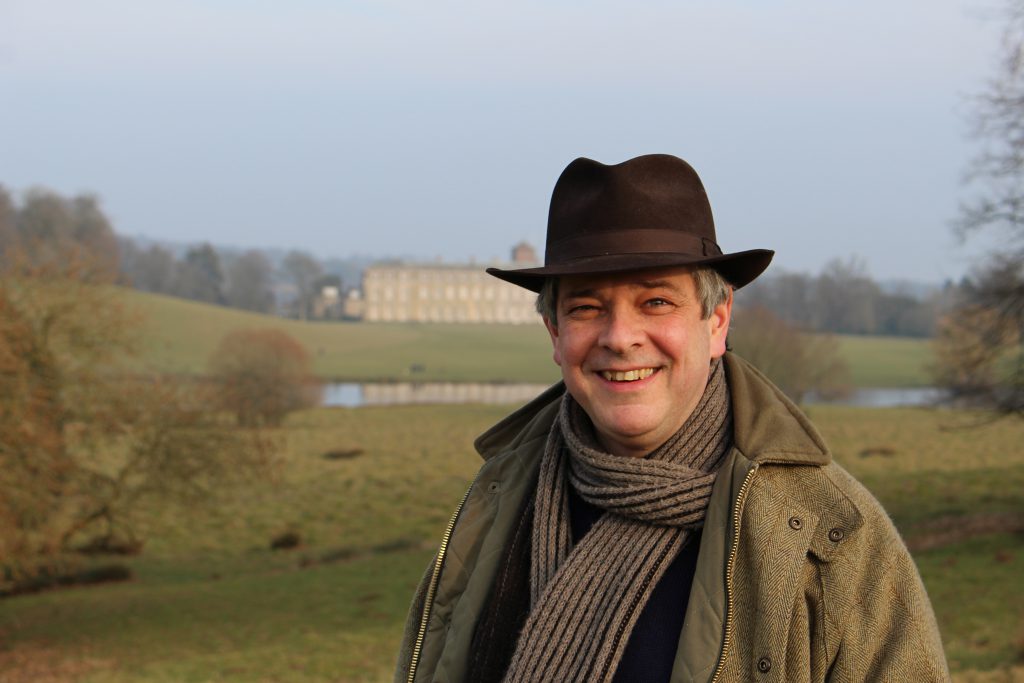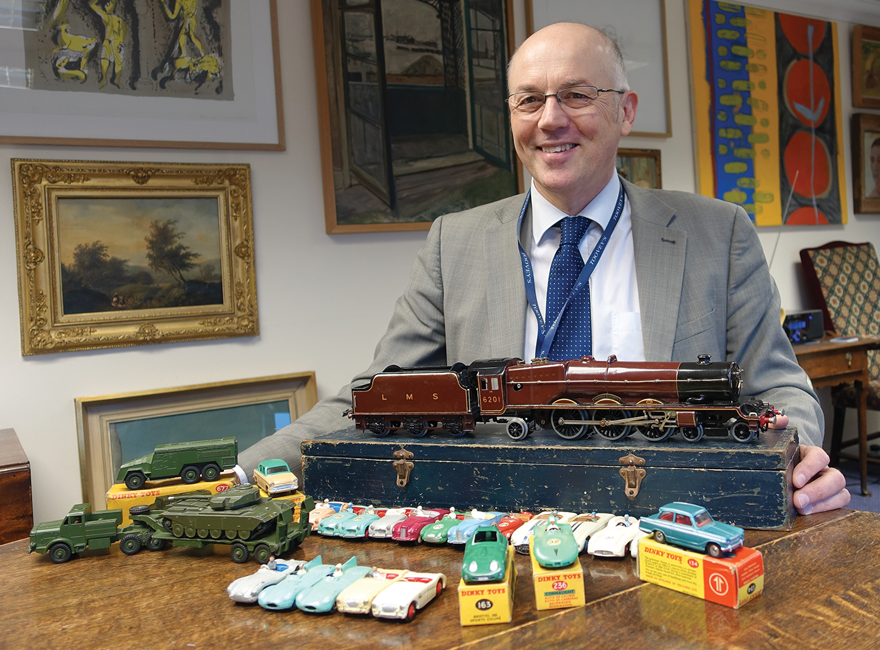 Toovey’s toy valuation event in support of the Horsham Museum & Art Gallery has become an extremely popular annual fundraising event. Toovey’s specialist toys valuer, Christopher Gale, will be at the museum on Saturday, 16th February 2018, between 10am and 12noon providing free auction valuations and advice on your toy trains, cars, Star Wars action figures, models, teddy bears, dolls and collectors’ toys.
Toovey’s toy valuation event in support of the Horsham Museum & Art Gallery has become an extremely popular annual fundraising event. Toovey’s specialist toys valuer, Christopher Gale, will be at the museum on Saturday, 16th February 2018, between 10am and 12noon providing free auction valuations and advice on your toy trains, cars, Star Wars action figures, models, teddy bears, dolls and collectors’ toys.
A number of valuable toys have been discovered at previous events. Chris Gale who is donating his time explains: “A third of the seller’s commission for items subsequently auctioned by Toovey’s will be donated by us to Horsham Museum to help with its important work.”
For a morning of fun and free pre-sale valuations come to the Horsham Museum & Art Gallery, The Causeway, Horsham, RH12 1HE on Saturday 16th February, 10am to 12 noon. Toovey’s next specialist toy sale will be held on 19th March 2018.
